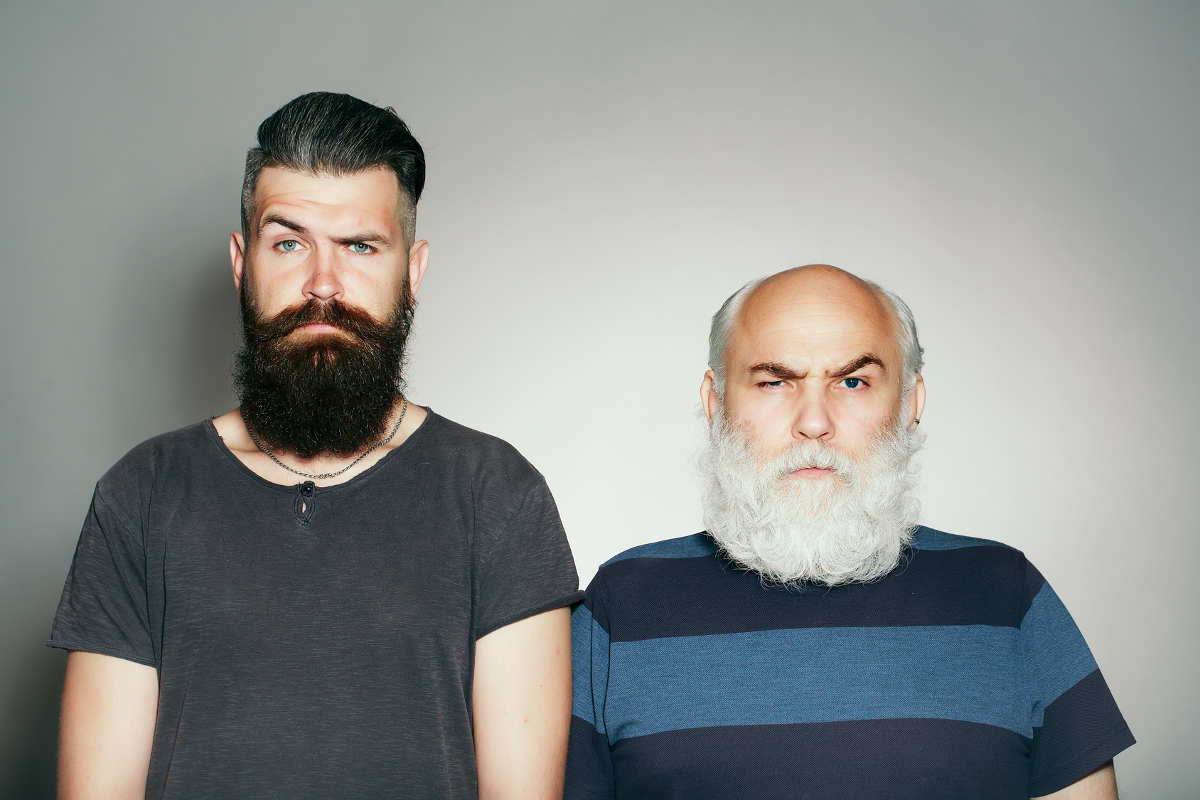
For millions of Americans looking to improve their eyesight, LASIK surgery offers an effective and painless method of vision correction without resorting to glasses or contact lenses. If you’re an older adult who is looking forward to having a clear vision without the inconvenience of eyewear or a parent looking to improve your child’s vision, you’re probably wondering if there’s such a thing as being too old or too young for LASIK.
At What Age Should You Get LASIK
There is no set age limit for LASIK surgery. However, most doctors recommend that candidates for the procedure be at least 18 years of age. LASIK surgeons also prefer candidates whose vision prescriptions have remained stable for the past year or two since constant changes in prescription could have complications on the effectiveness of the procedure.
Most people undergo LASIK surgery between the ages of 20 and 40. Nevertheless, there are certain instances where LASIK can be performed on children and older adults.
Related: How Old Do You Have to Be to Get LASIK?
LASIK for Children
As children age, they constantly undergo a variety of physical changes that don’t slow down or stop until adulthood. This includes changes in vision—a child’s eyes constantly change shape as they age, often necessitating changes in eyewear prescription in an effort to maintain 20/20 vision. For this reason, doctors are usually reluctant to perform LASIK on children under the age of 18 since it may not provide long-lasting improvement to their vision.
In addition, LASIK requires patients to remain still throughout the procedure. While adult patients may not have any problems with remaining still during the LASIK procedure, restless children may have to be heavily sedated in order to prevent sudden movement.
Related: Can I Please Be Put to Sleep During LASIK Surgery?
Doctors may choose to perform LASIK surgery on younger patients in order to correct certain extreme vision conditions, such as anisometropic amblyopia (also known as “lazy eye”), when conventional treatments prove ineffective.
LASIK for Older Adults
Once a person enters adulthood, nearly all of the changes their body undergoes during their teens have finally settled down. As a result, eye characteristics such as pupil size and eye shape are more or less written in stone as long as that person remains in relatively good health. After age 40, however, some adults may start experiencing drastic changes that may make them less-than-ideal candidates for LASIK surgery.
These changes may include presbyopia, an age-related condition stemming from a loss of elasticity in the eye lens. This condition cannot be directly treated by LASIK. However, some patients opt to mitigate the effects of presbyopia through monovision surgery, where one eye is surgically corrected for far vision and the other is corrected for near vision.
Related: Top 3 Reasons to Get Monovision
Cataracts are another condition that can’t be corrected through LASIK. Cataracts involve the clouding of the natural lens, resulting in blurred vision among older patients. Instead, older adults suffering from cataracts must undergo surgery to replace the natural lens with an artificial lens.
Check With Your Doctor
It’s up to your doctor to determine whether or not you’re a good candidate for LASIK. In addition to age-related factors, there may be other health-related factors that could influence your eligibility. If you’re not a good candidate for LASIK, your doctor can also discuss alternative treatments for improving your vision.
Related: Am I a Good Candidate for the LASIK Procedure?
At LASIK of Nevada, we don’t discriminate based on age, so you can count on an honest account of whether or not LASIK is right for you.
